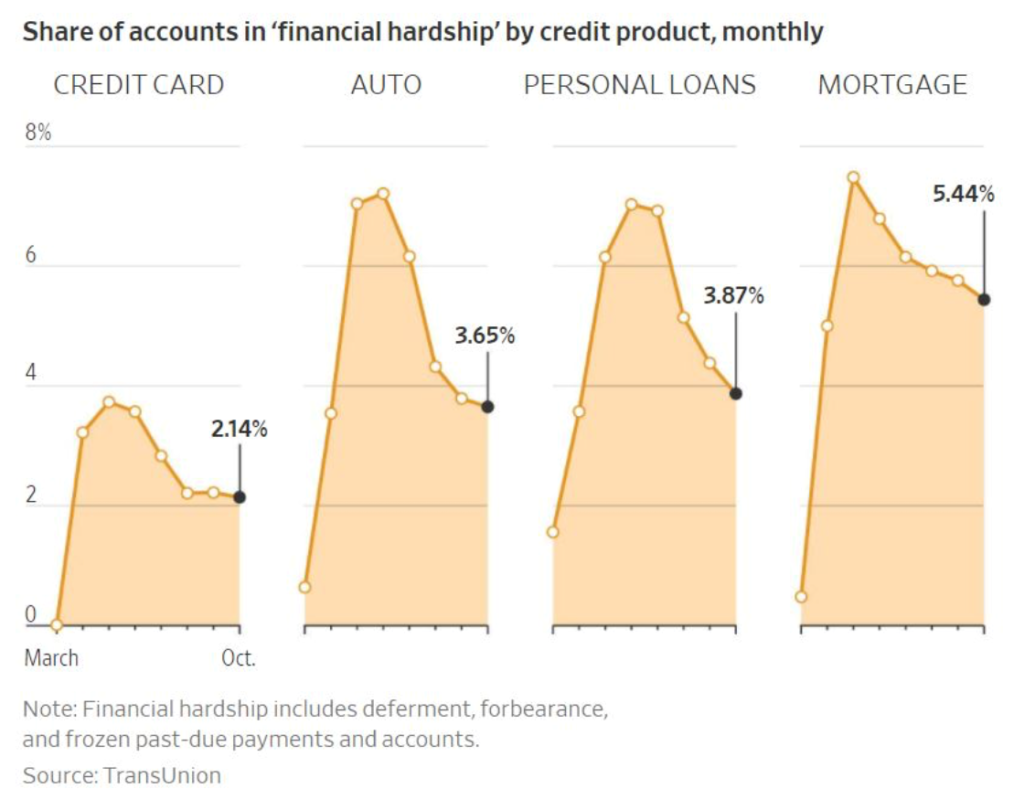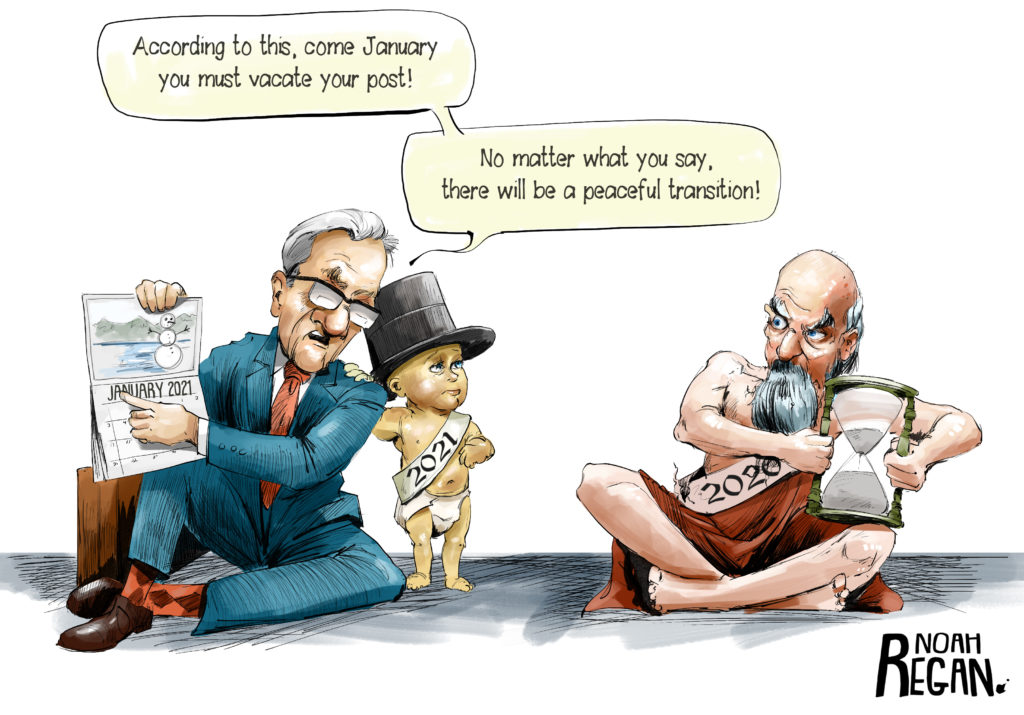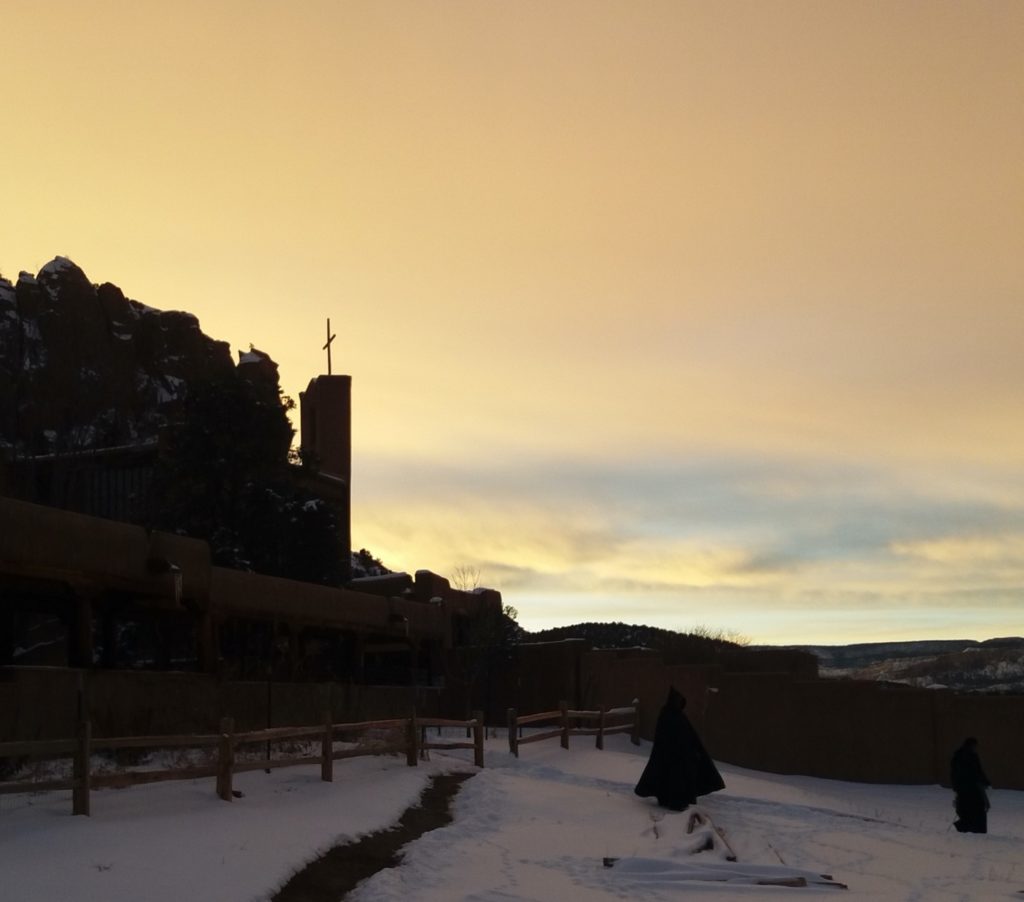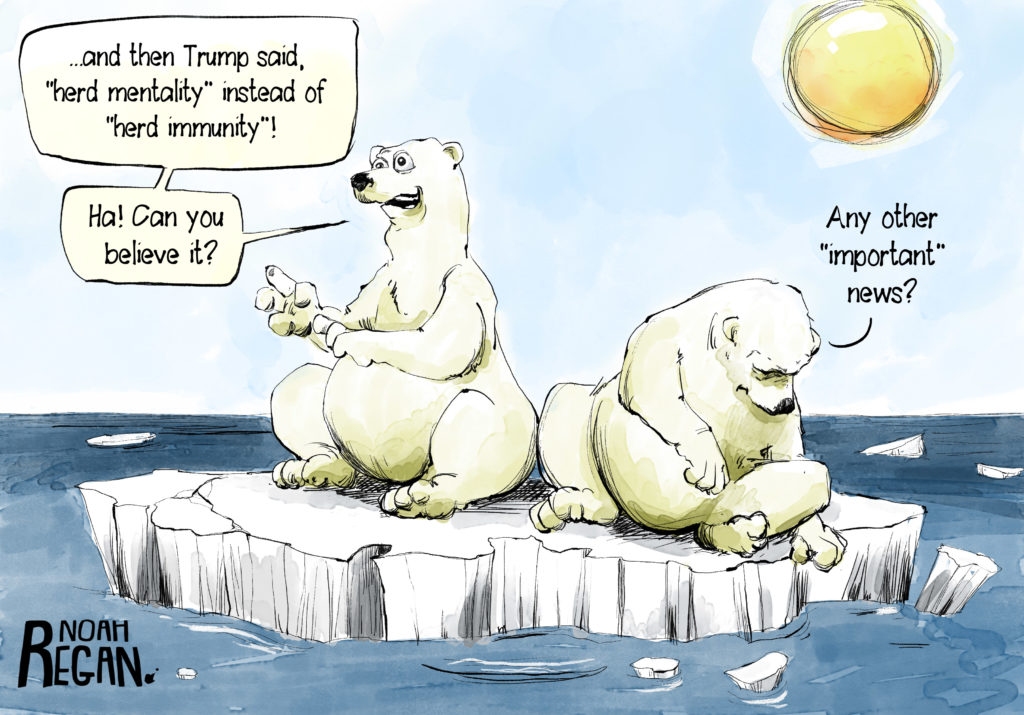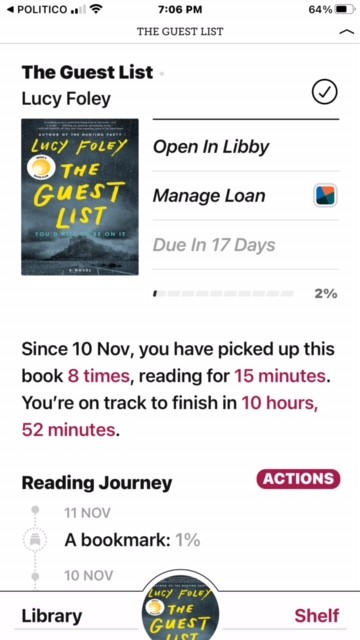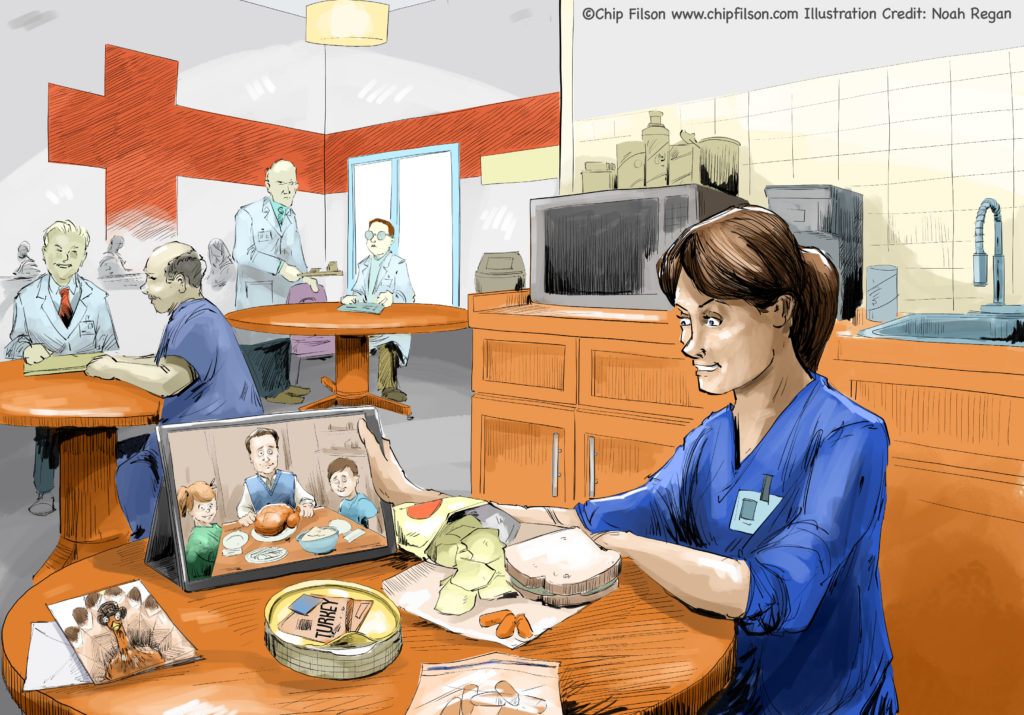Question from the November 16th blog: Can you identify the credit union whose initial name is shown in the image below?
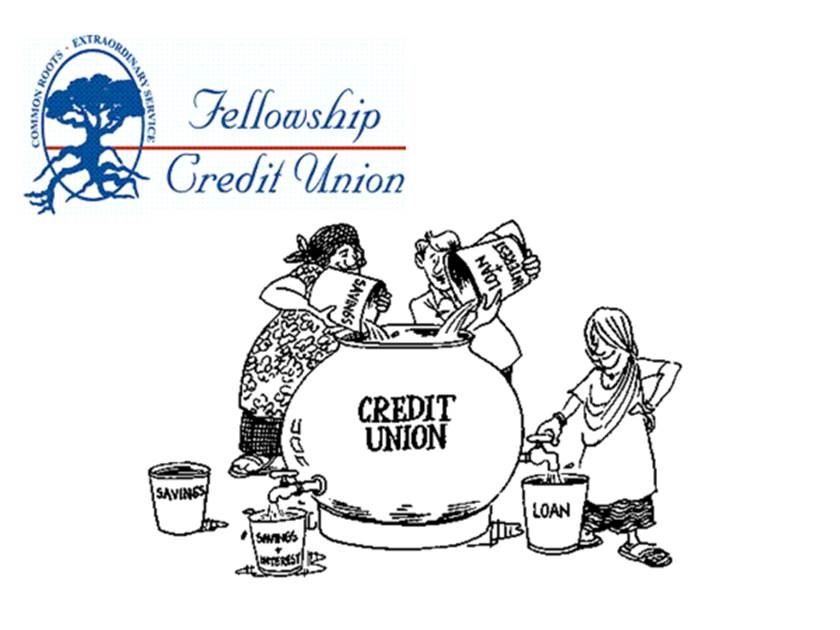
Answer: Boeing Employees CU chartered December 7, 1935.
The “cooperative historical scholar” with the answer was Kathy Tichenor, CLO, Pasadena FCU.
Kathy has been in the credit union movement for over 40 years. Working on her credit union’s founding anniversary she was curious who else had also been around for 85 years or more. She discovered BECU in that research.
She describes herself as “a true believer of why we are here and who we serve” and reminds staff continuously about our roots and how far we have come.
Her message is “we are here for the financial health of our members especially when help is needed during financial distress, sickness and hard times. If I am not assisting a member, I am assisting someone who is.”
BECU’s Founding
Here is the brief beginning from the credit union’s web site:
In 1935, new employees for The Boeing Company were required to purchase their own tools before they could start work. This was the height of the Great Depression. Finding money to buy tools was an insurmountable burden for many prospective employees. A Boeing employee, William Dodge, read an article in Readers Digest about the difference that credit unions were making across the world. Inspired, Dodge got a group of Boeing employees to talk about starting their own credit union. The first loan was for $2.50 to buy tools. https://www.becu.org/members-matter/about-membership/becu-history
BECU Today
With the deposit of 50 cents from each founding member, today the credit union is $25.7 billion in assets. It serves 1.3 million members and employs over 2,405.
The founders’ vision was to help fellow workers during the depression buy the tools necessary for a job at the Boeing Aircraft Company. Their plan was cooperative self-help, a vision that is still the foundation for this billion-dollar cooperative.
Every credit union rests on this same foundation. All start small relying on sweat equity and the communal impulse to aid one another. A few will grow large, most will not. But all demonstrate the power of a vision that inspires and creates legacies benefitting future generations.
From thousands of small seeds, tall trees may grow.
Today’s challenge: are these seeds still being planted? See following blog for why this founding spirit still provides a vital example for today.

